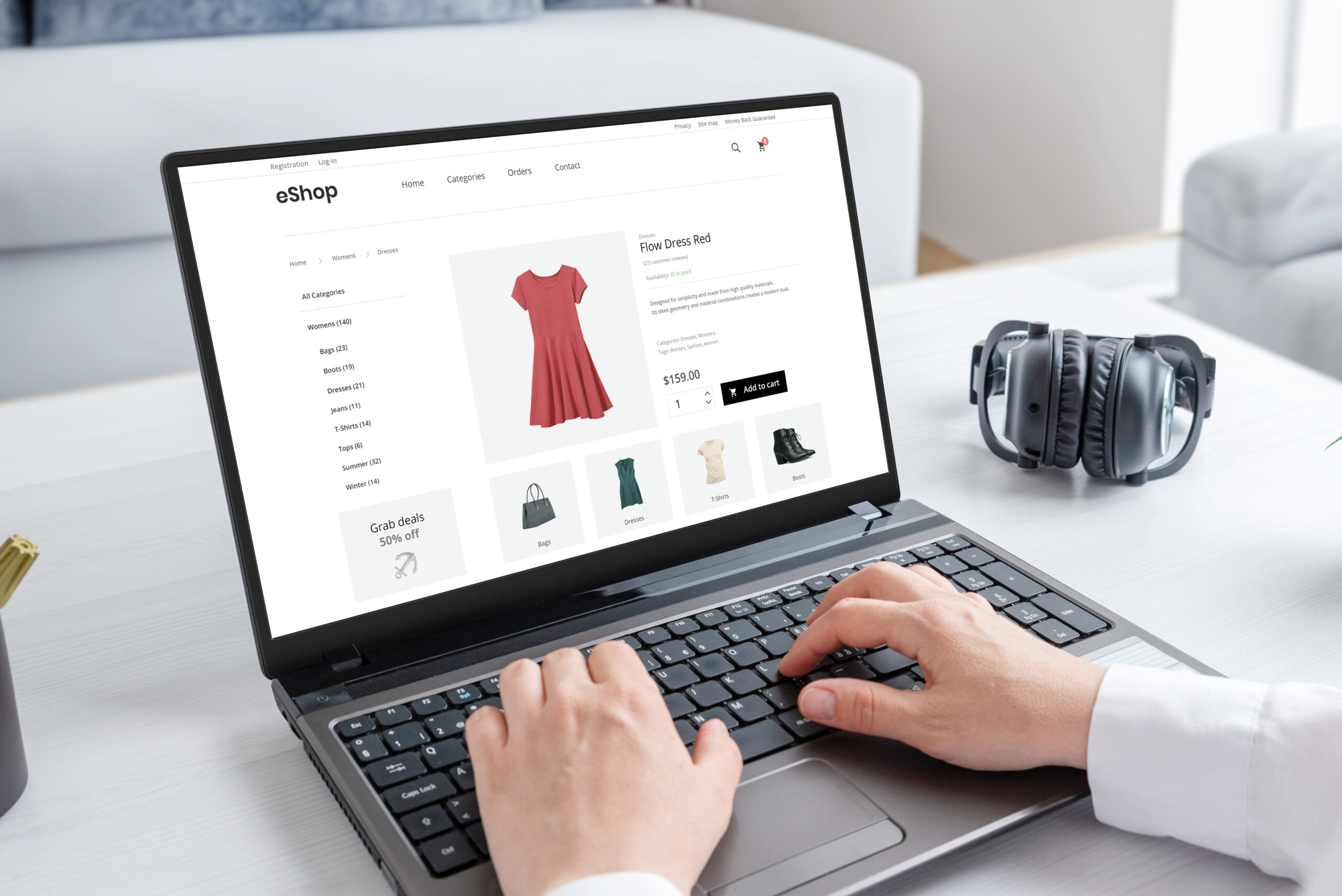While ghosts and goblins might give you a fright this Halloween, there's something even scarier lurking in the world of retail: bad product experiences. From missing product information to incorrect or inconsistent data, discover how these product information ghouls can send shivers down your spine and what you can do to banish them, ensuring your product experience is more delightful than dreadful.

Keywords
These haunting experiences can be more frightening than any ghostly apparition, and as the bustling holiday season follows closely on the heels of Halloween, there's no better time to confront and vanquish these retail specters.
Let’s take a look at just a few of the eerie and unsettling encounters that shoppers often face so that you and your team are well-equipped to banish bad product information from your shelves and screens.
We’ve all experienced the frustration of searching for a product, clicking on a listing, only to find that essential details are missing. You’re left wondering about the dimensions, the material, the return policy, or even the estimated delivery time. These gaps in information can leave shoppers feeling uncertain, leading them to abandon their purchase.
The reality is, these missing details are critical building blocks in helping customers make informed decisions. When key information like features, specifications, or benefits is omitted, it leaves potential buyers in the dark and creates hesitation.
To prevent these issues, start by creating a central repository for all product information that your teams, suppliers, and manufacturers can easily access. This ensures that up-to-date, accurate product details are available across all listings and simplifies the process of making updates when something changes.
Equally important is ensuring consistent, structured formatting in your product descriptions. By using bulleted lists, tables, or section headings, you make it easy for customers to scan and find the information they need quickly. When shoppers know exactly where to find critical product details, it not only enhances their experience but also builds trust in your brand, encouraging them to move from consideration to purchase.
Suppose you're shopping for a winter coat from a popular fashion retailer. You find a coat that catches your eye due to its stylish design and a product description that promises it's made of high-quality, warm materials suitable for extreme cold. The retailer's website claims it's perfect for harsh winters and even provides an image of the coat being worn in snowy conditions. But when the coat arrives, you discover that it's not as warm as advertised; the materials used are thin, and the coat lacks proper insulation. Unsatisfied, you head back to this retailer's site to start processing a return, and maybe leaving a not-so-positive review.
This is not an uncommon occurrence; in fact, 54% of consumers said that they have returned a product due to inaccurate pre-purchase product information.
For businesses, managing returns can be costly and time-consuming. Processing returns means lost sales and potential inventory management issues as returned items may need to be restocked, discounted, or discarded. Not only do they incur additional shipping and handling expenses, but they also risk damaging their reputation; dissatisfied customers are likely to leave negative reviews, decreasing the likelihood of future sales and eroding brand trust.
On a broader scale, returned products contribute to increased carbon emissions from transportation and waste, as many items, particularly in the fast-fashion industry, end up in landfills. Reducing return rates by providing accurate and detailed product information not only improves the customer experience but also supports more sustainable business practices.
Off the top of your head, do you know the conversion rate for Yen to USD? How about the French word for "long-sleeve sweater", or the English word for "蓝帽子"?
Chances are, most shoppers don’t either. That’s why providing the wrong units of measure, currency, or language can create a confusing and frustrating experience for your customers, leading to lost sales and even damaged brand reputation. A buyer might be ready to make a purchase but get frustrated when they can't figure out how long a piece of furniture really is because it’s listed in centimeters instead of inches, or they may abandon their cart because they see prices in Euros when they expected dollars.
Not only does this confusion lead to cart abandonment, but it can also erode trust. If customers feel uncertain about the accuracy of the product data, they may assume other information—like quality claims or availability—might also be incorrect, which discourages future purchases.
The saying "a picture is worth a thousand words" couldn't be more accurate in the world of eCommerce. Visual elements, such as product images, videos, or diagrams, play a crucial role in helping customers understand what they are buying. When these elements are missing or deceptive, it can lead to confusion and dissatisfaction and can send potential customers fleeing.
Providing high-quality, accurate images and ensuring that each product listing includes images from different angles, or even providing a 3D rendering, can give customers a complete understanding of the product and help bridge the gap between in-store and online shopping, providing a more tangible sense of the product.
Incorporating product videos that showcase how a product works or what it looks like in a real-life setting can also significantly improve customer understanding and engagement, addressing questions or concerns that static images might not answer. You can also encourage customers to upload their own photos or videos, or share reviews of the product,as seeing real customers using the product helps build trust by providing honest, relatable perspectives.
Our Akeneo Experts are here to answer all the questions you might have about our products and help you to move forward on your PX journey.


Explore how PCM helps brands centralize and enrich product data, streamline workflows, and improve content delivery across channels, and gain a...
Read more
2025 Amazon Prime Day has officially been announced for July 8-11; if you’re a brand looking to take full advantage of one of the biggest sales...
Read more
Explore how these 2025 Experience Award winners elevated product experiences by centralizing data, automating workflows, scaling globally, and...
Read more